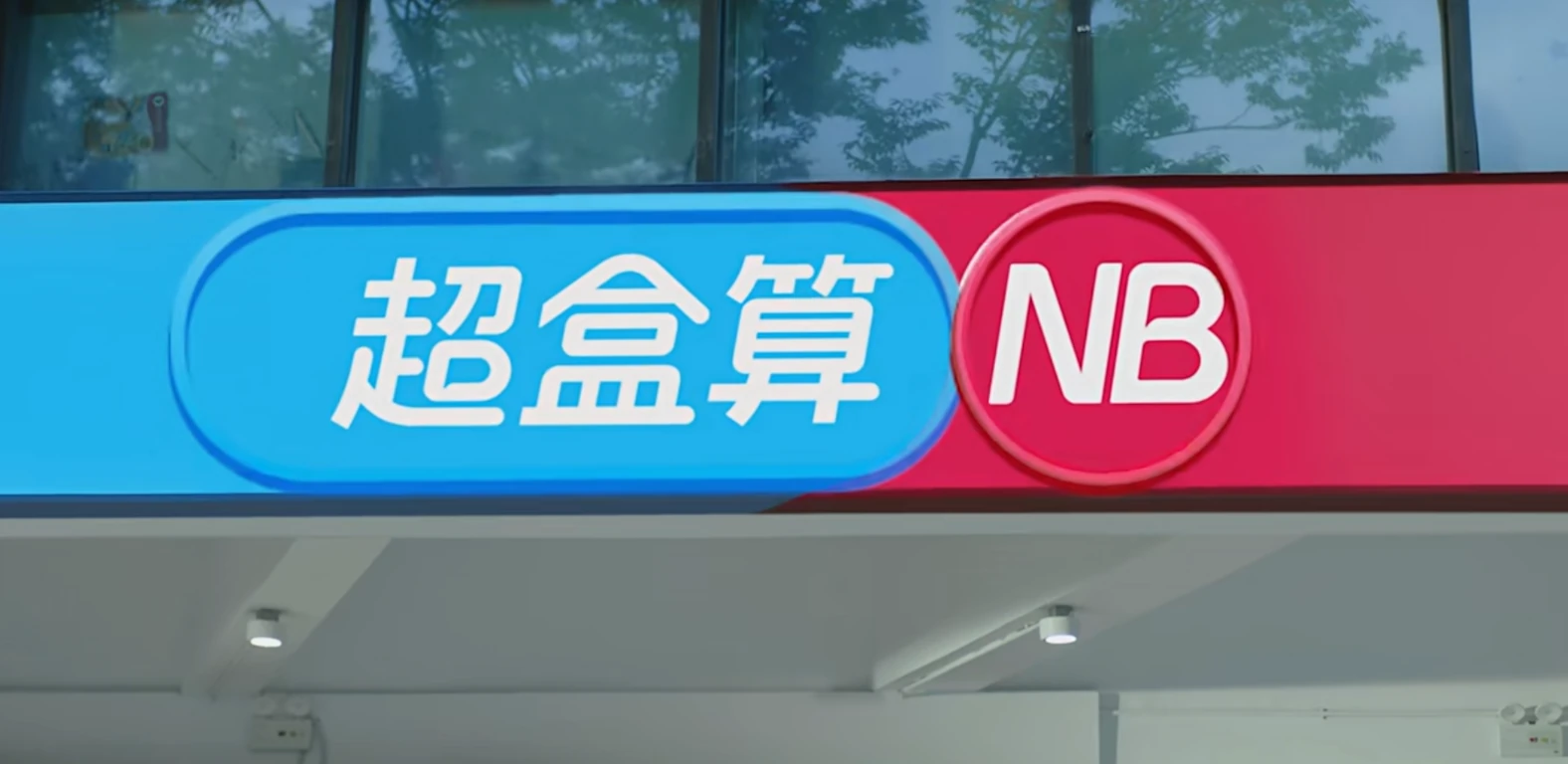Business is Booming at Hema NB (Super Value)
I went to the Hema NB (Super Value) store near my home today. Business was booming; I even had to queue to check out.
In my neighborhood, I have access to Hema, Dingdong Maicai, and Yonghui. Previously, I always ordered Hema Super Value items via the “Taobao Instant Shopping” (Taobao Shangou) interface because of the coupons. However, the delivery was incredibly slow, usually taking over an hour (likely due to a shortage of delivery riders in my area). In contrast, Dingdong Maicai delivers much faster (typically 30 to 60 minutes), but I found that Dingdong’s prices on the Taobao interface are surprisingly higher than on their own app.
Hema NB (Super Value) gives me the impression of a fresh food supermarket that has been stripped of live seafood. It feels like a watered-down version of the classic Hema, cutting out the signature live seafood and in-store cooking services. It seems to be a continuation of the “Hema NB Pickup” model (now that the self-pickup business has been taken offline). It is cheap and offers high cost-performance, though the quality of some items is just average. In terms of quality, I’d rank them: Hema Fresh (Xiansheng) > Dingdong > Hema NB.






